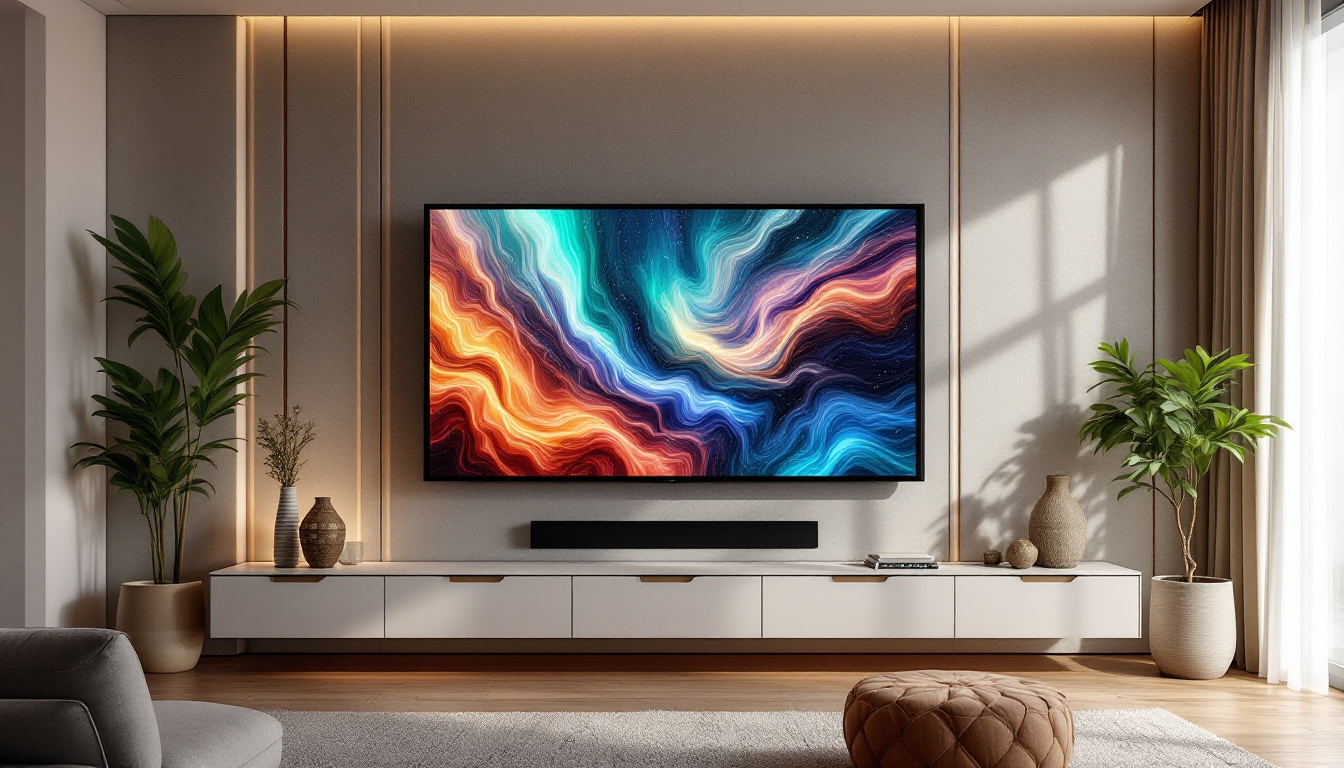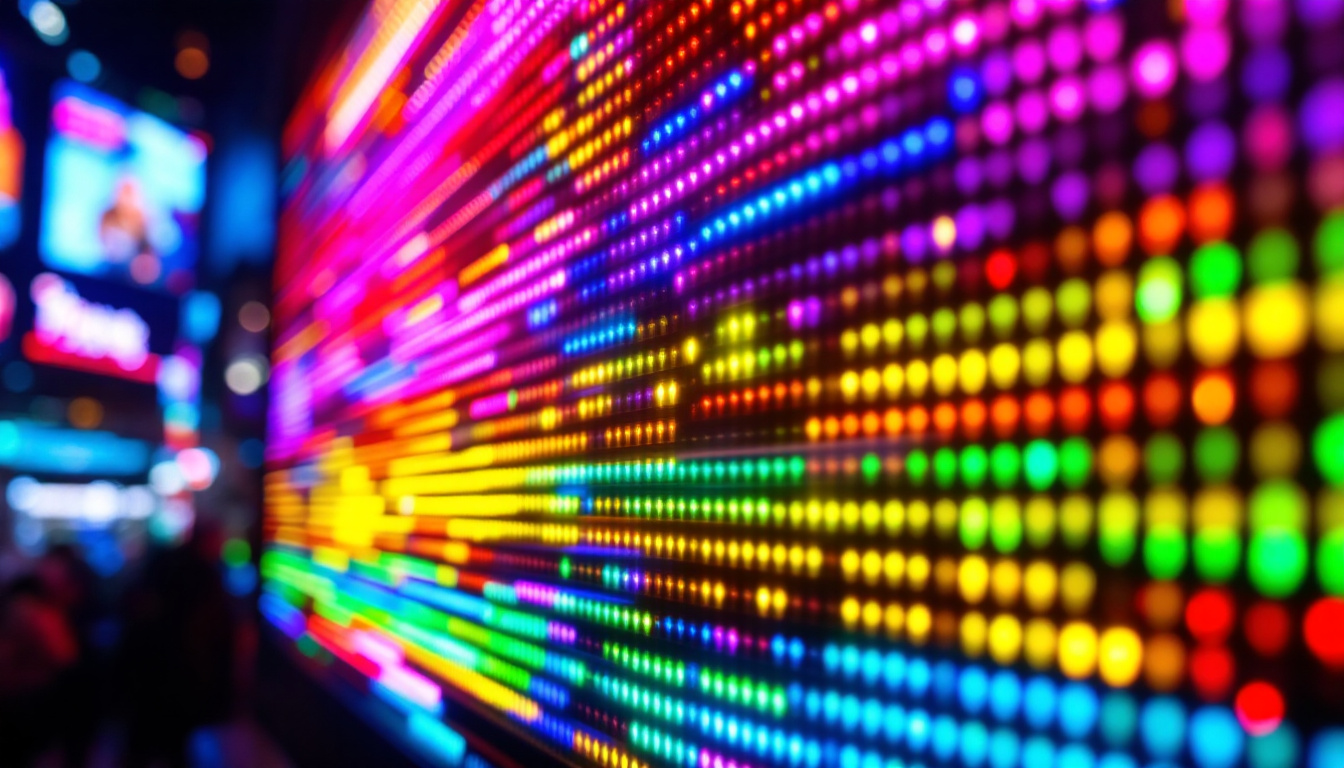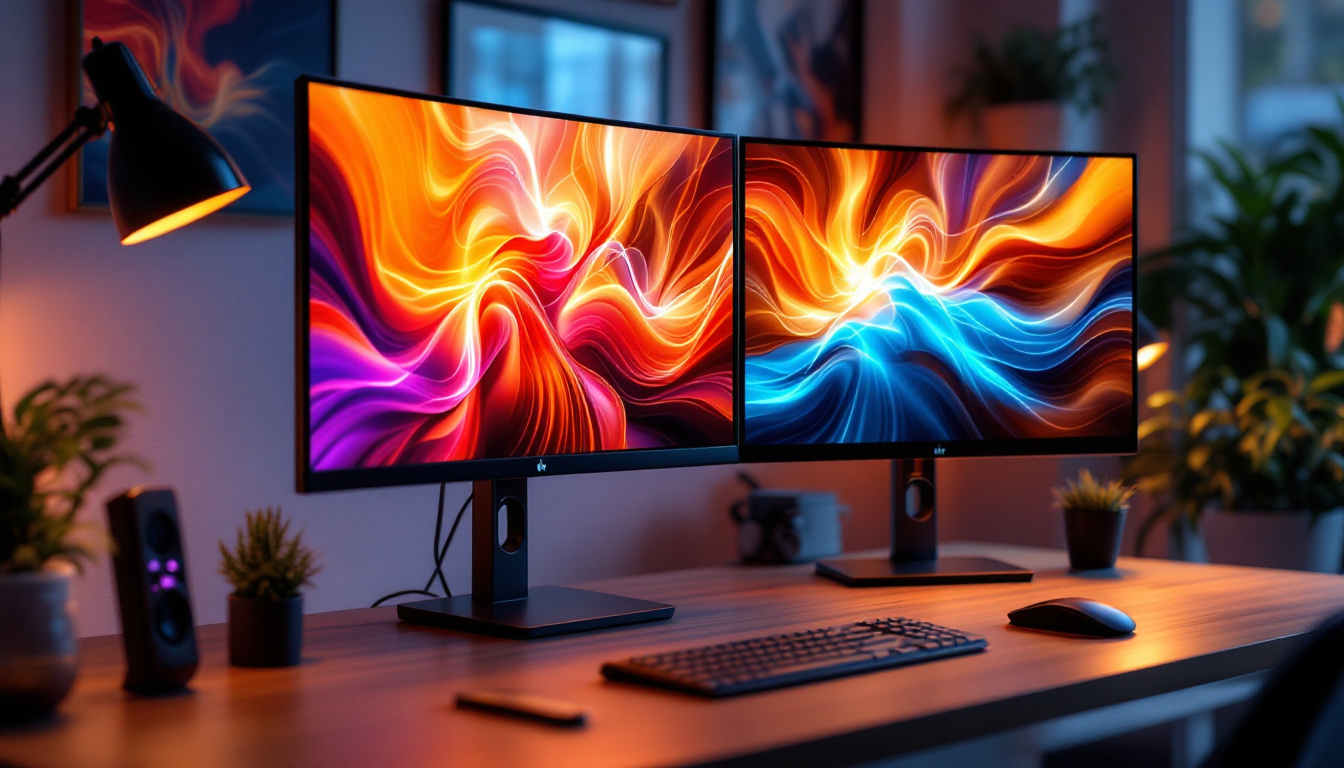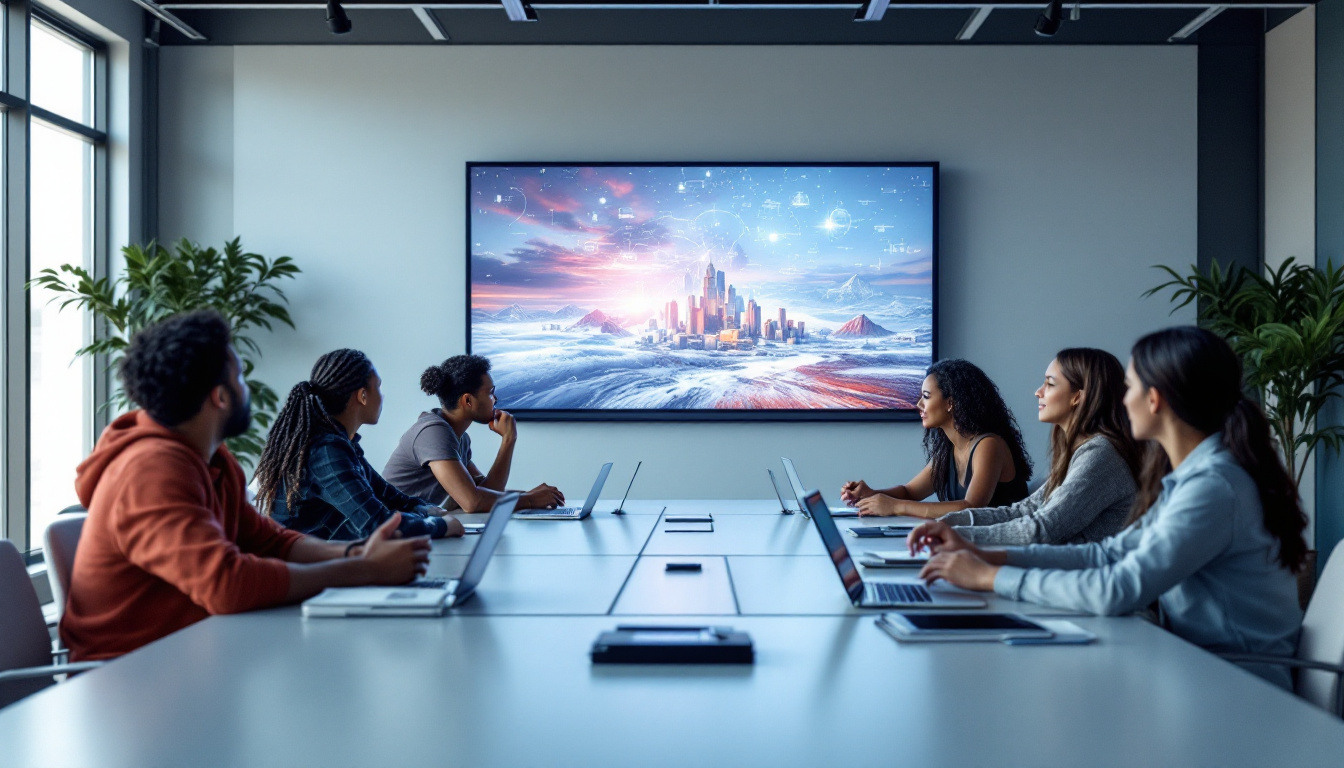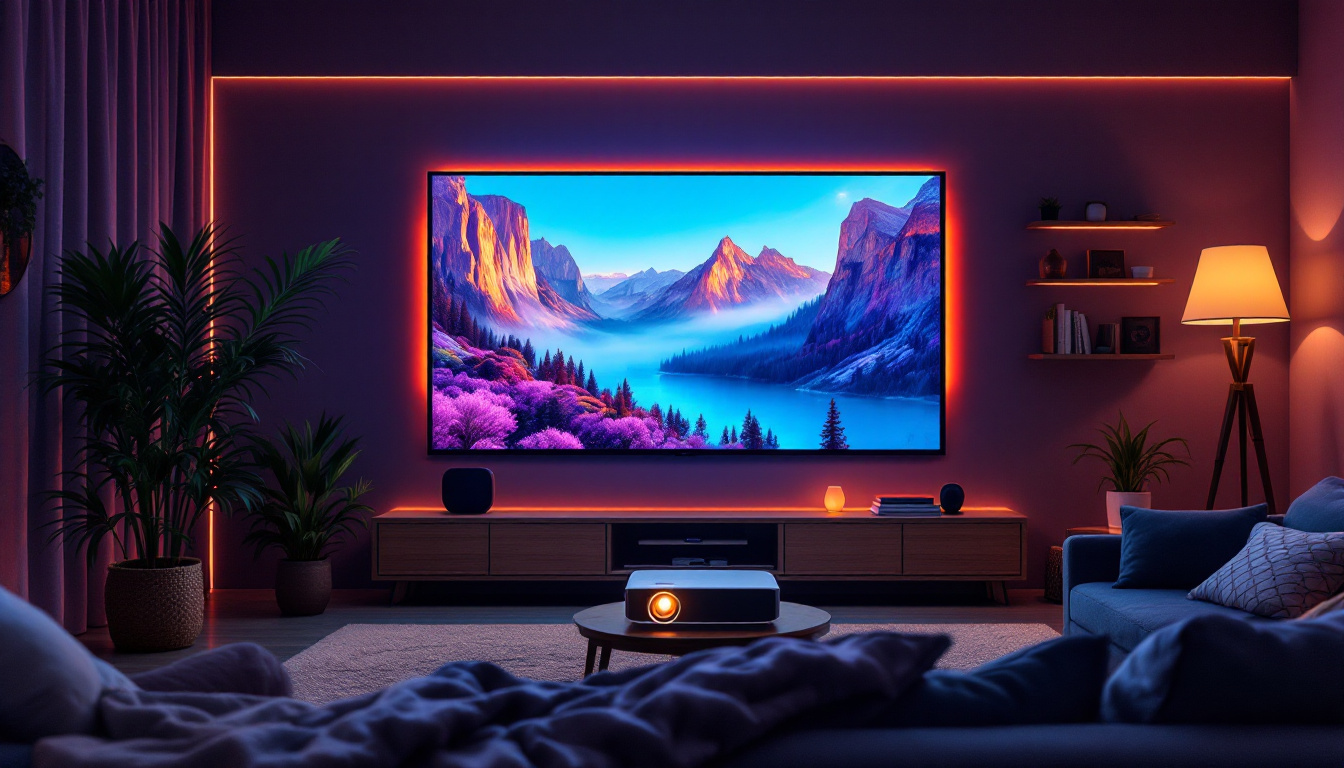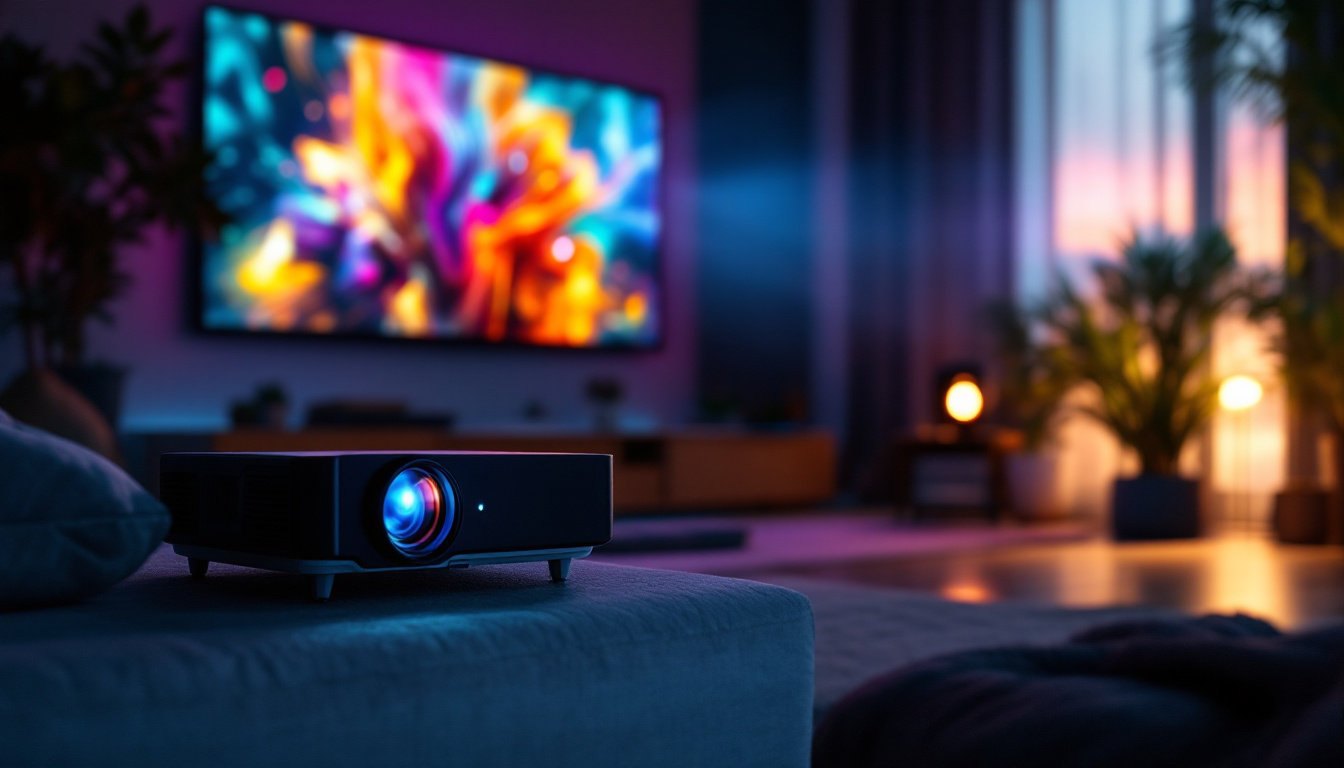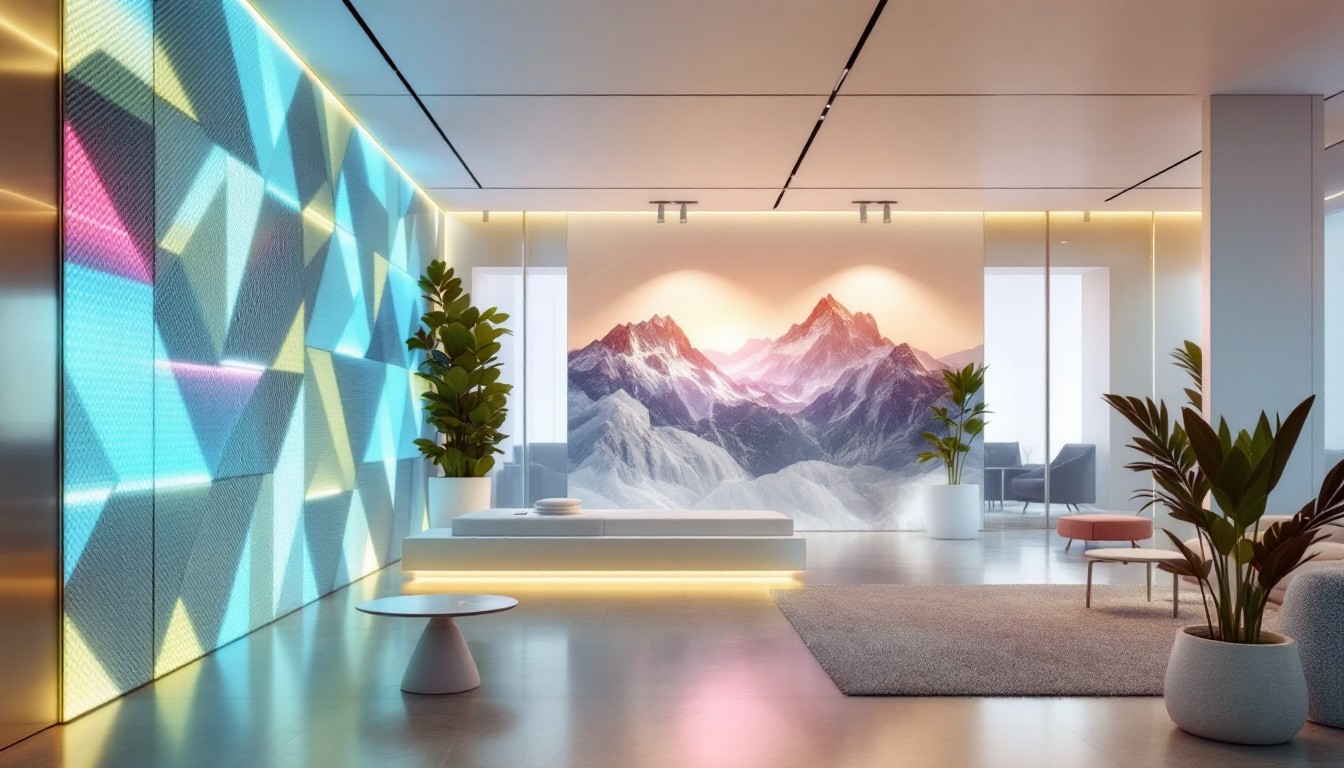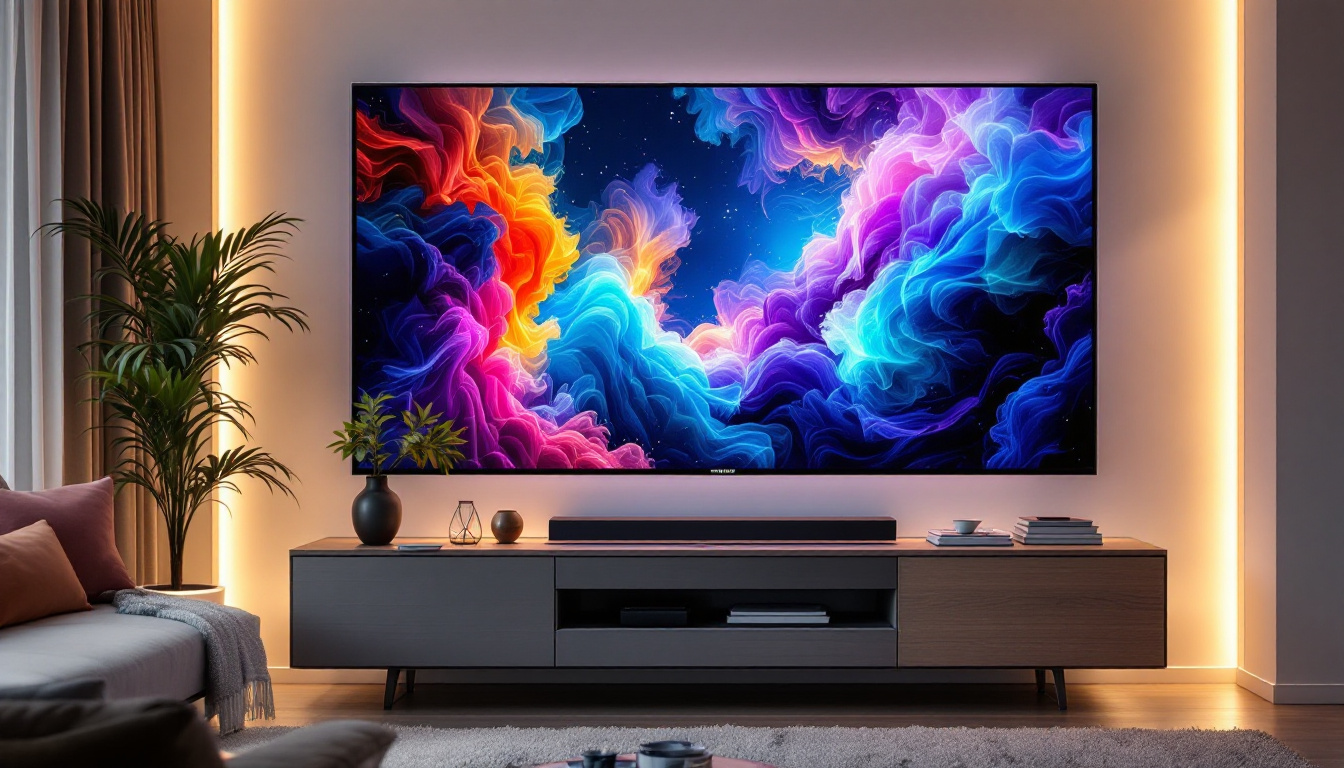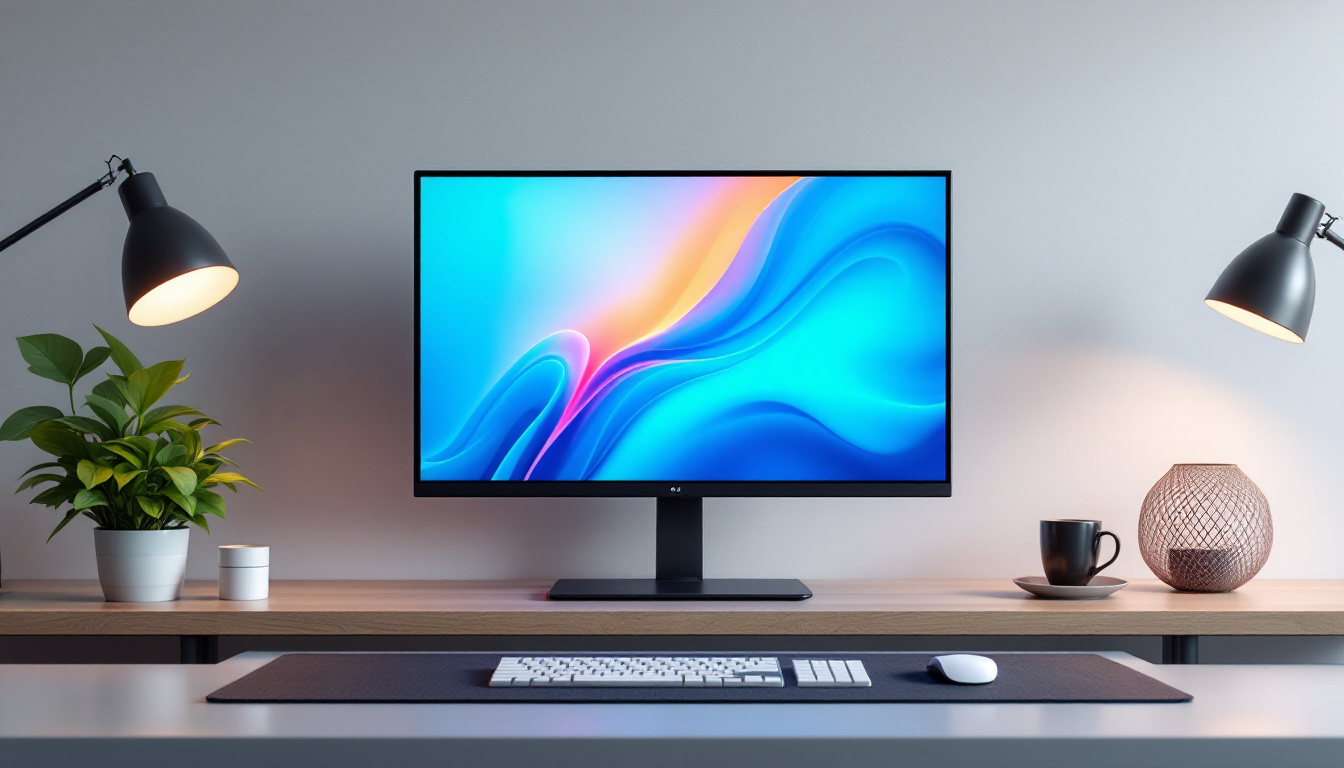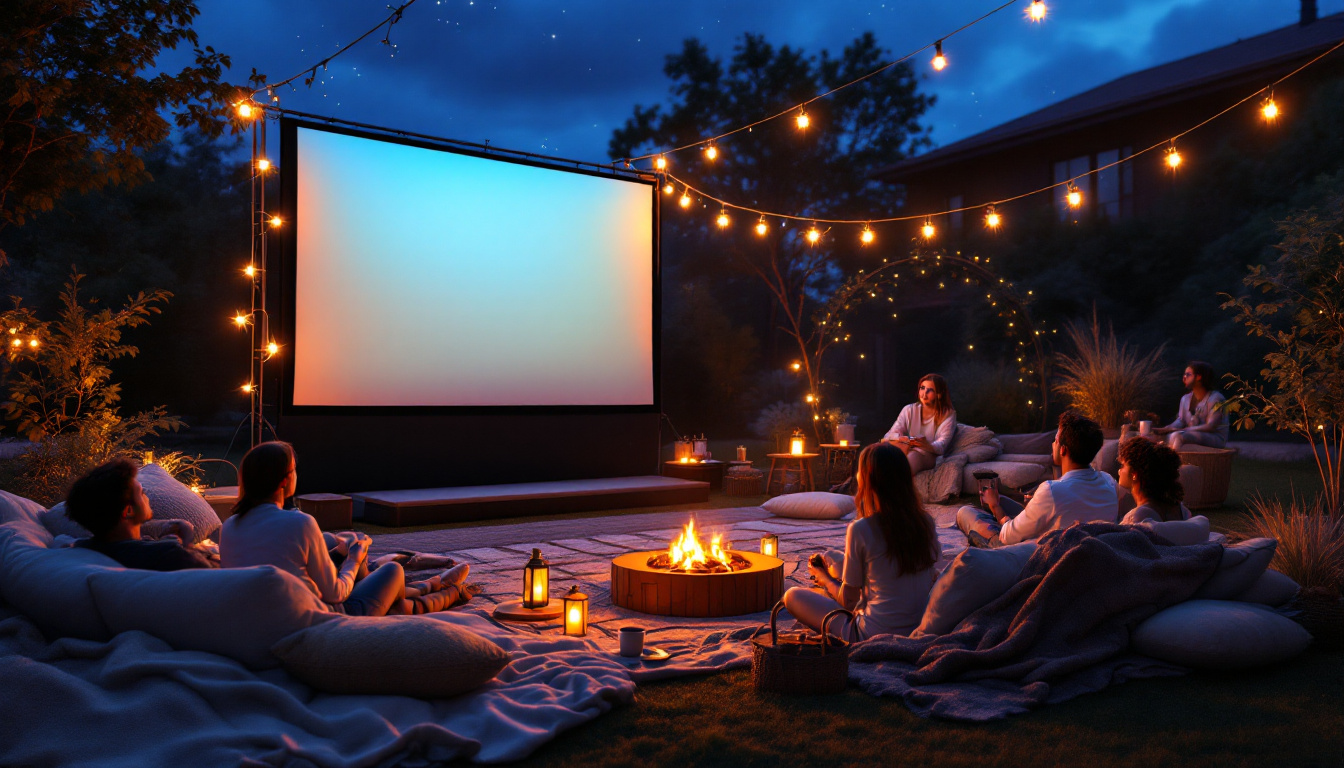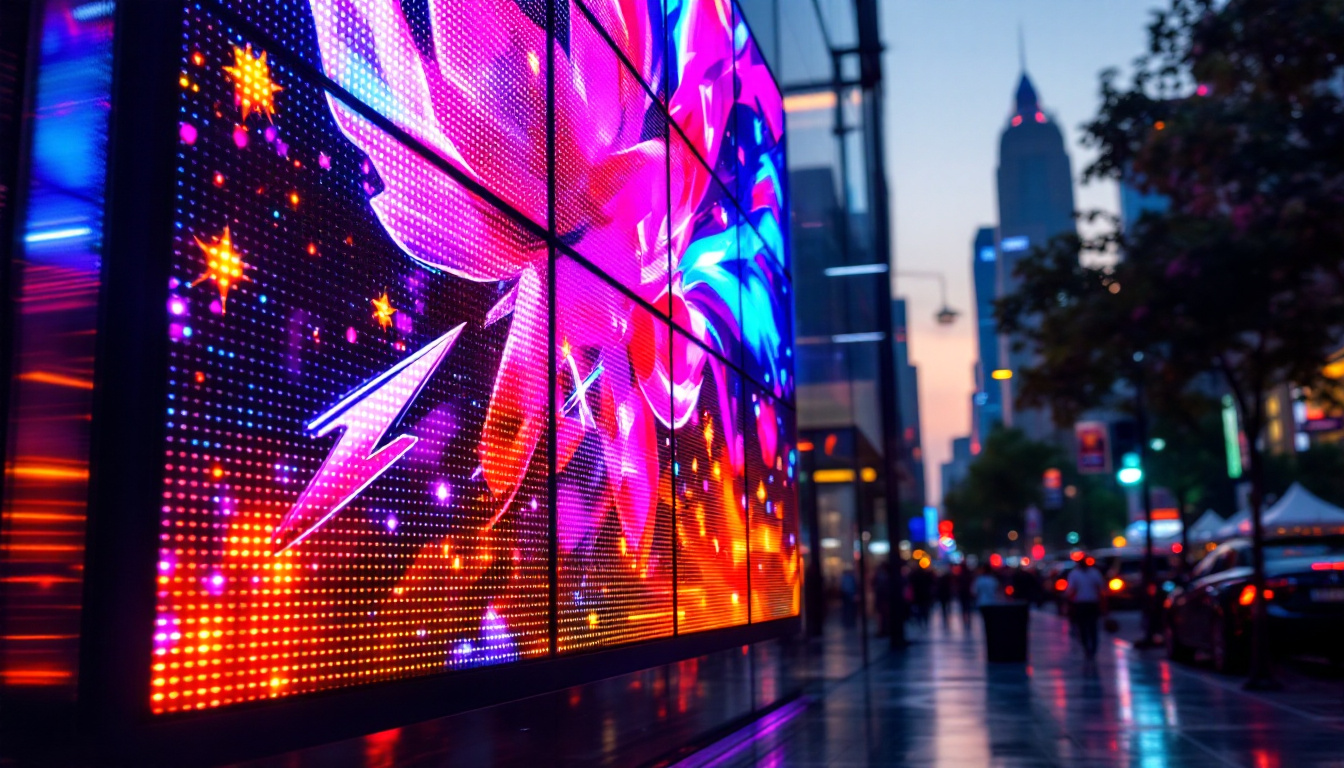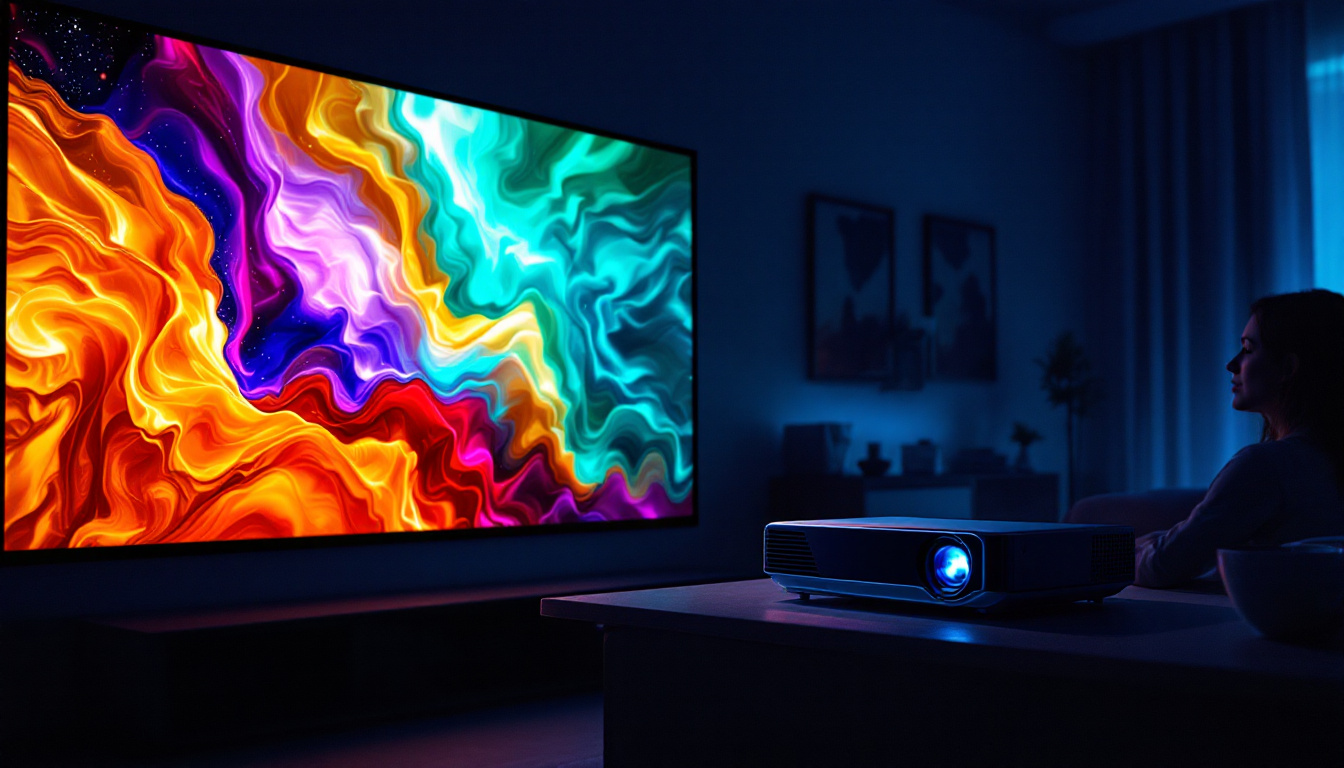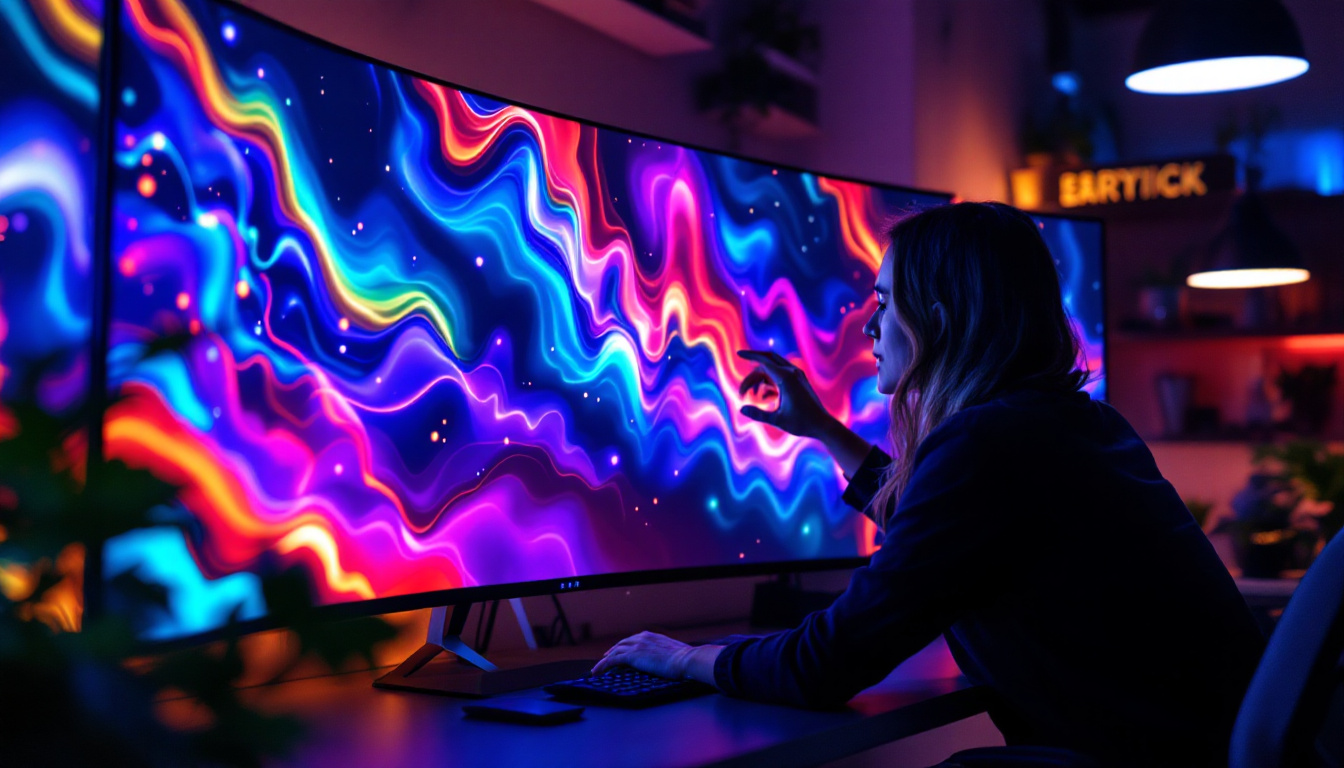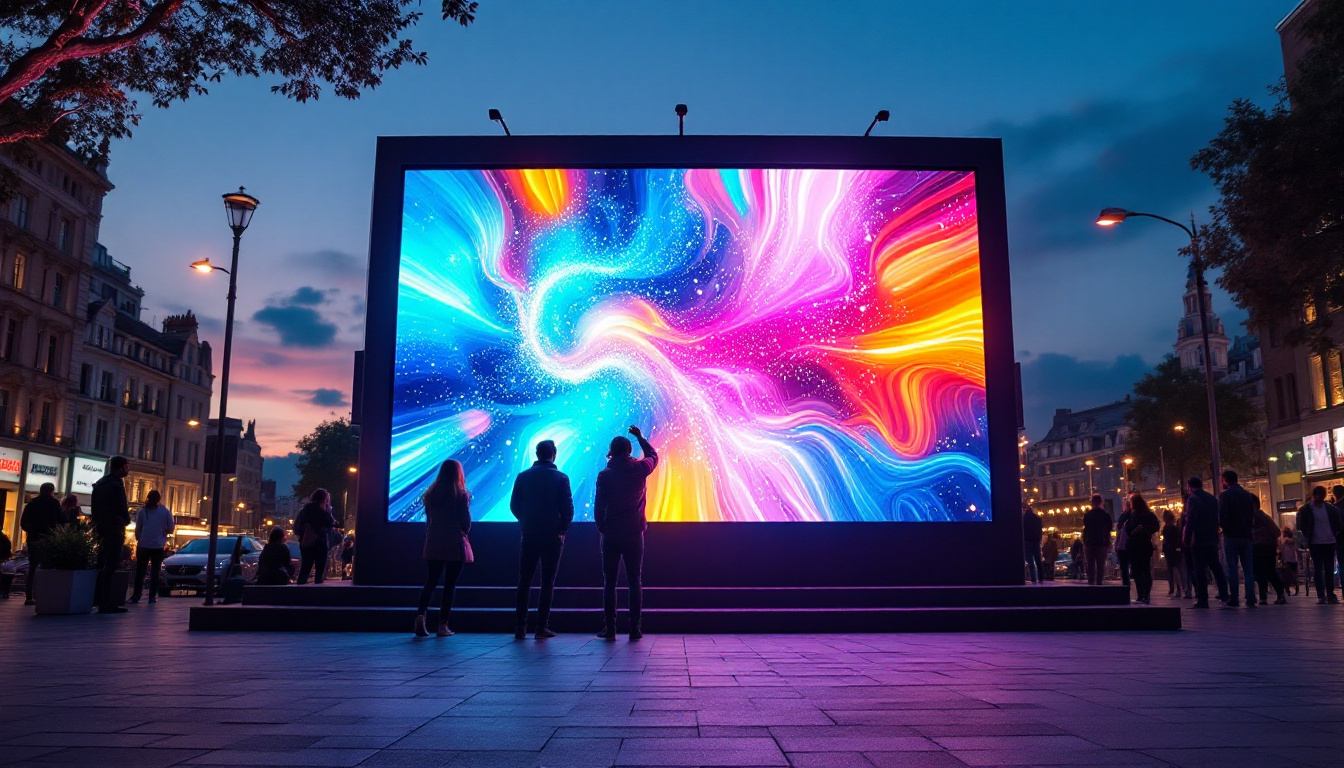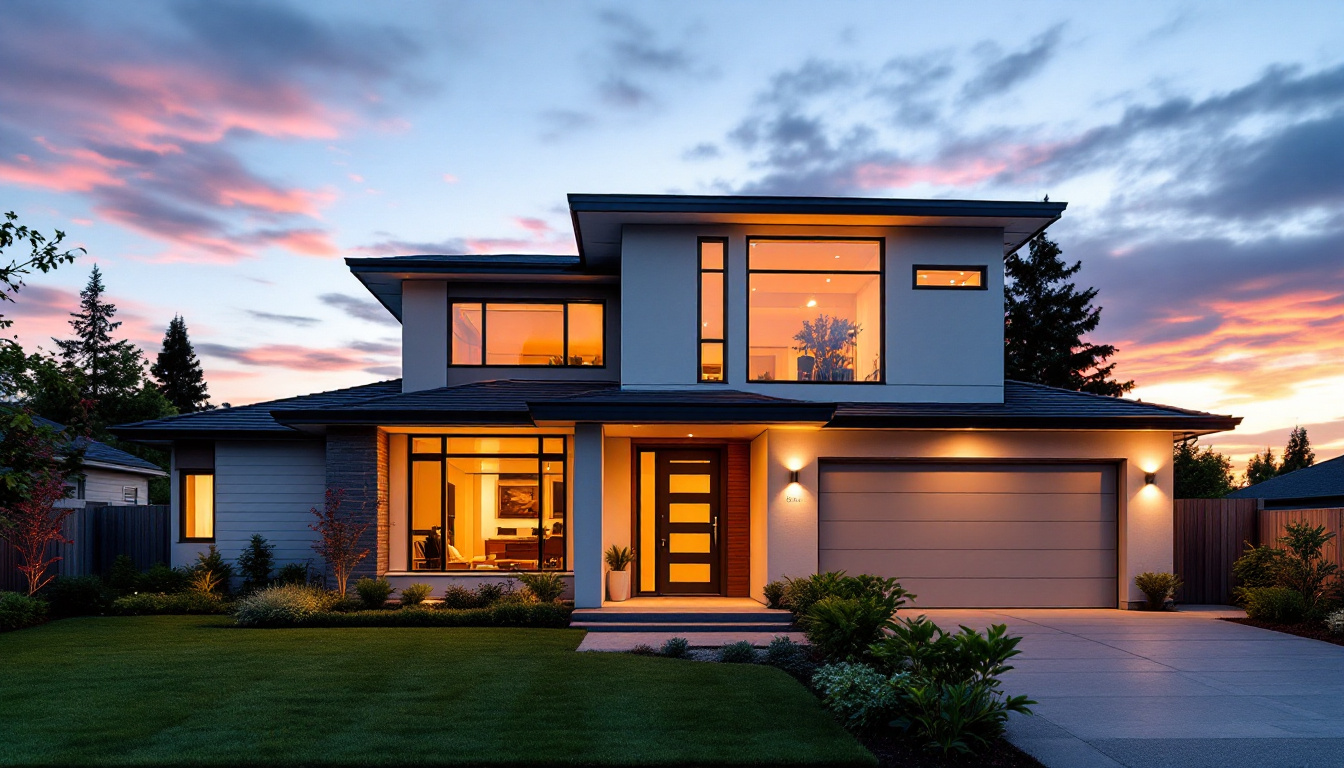Paneling On TV Wall: LED Display Explained
In modern interior design, the integration of technology and aesthetics has become increasingly important. One of the most captivating trends in home entertainment is the use of paneling on TV walls, particularly when paired with LED displays. This article delves into the various aspects of paneling on TV walls, the advantages of LED displays, and how to effectively combine these elements to create a stunning focal point in any living space.
The Rise of Paneling in Interior Design
Paneling has transcended its traditional role as mere wall covering to become a vital design element. It offers texture, depth, and a sense of sophistication to any room. The resurgence of paneling can be attributed to several factors, including the desire for personalization and the need for improved acoustics in media rooms.
Types of Paneling
There are various types of paneling available, each offering unique benefits and styles. Wood paneling remains a classic choice, providing warmth and a natural aesthetic. Alternatively, MDF (Medium Density Fiberboard) paneling is a cost-effective option that can mimic the look of wood while being more versatile in terms of design.
For a more contemporary look, consider using metal or fabric paneling. Metal panels can create an industrial vibe, while fabric-covered panels can enhance sound absorption, making them ideal for home theaters. The choice of paneling material can significantly influence the overall ambiance of the space. In addition to these options, there are also innovative choices like reclaimed wood paneling, which not only brings character and history into a room but also promotes sustainability by repurposing materials that might otherwise go to waste.
Benefits of Paneling on TV Walls
Integrating paneling into the design of a TV wall offers numerous advantages. First and foremost, it can conceal unsightly cables and electronics, creating a clean and organized appearance. This is particularly important in a world where technology often clashes with interior aesthetics.
Moreover, paneling can enhance the acoustic properties of a room. By absorbing sound, it reduces echo and improves the overall audio experience, making it ideal for movie nights or gaming sessions. Additionally, paneling can serve as a backdrop for artwork or decorative elements, allowing for a personalized touch that reflects the homeowner’s style. The versatility of paneling also means it can be painted or stained to match any color scheme, making it a flexible choice for those who enjoy changing their decor frequently. Furthermore, the installation of LED lighting behind or within paneling can create a stunning visual effect, adding a layer of drama and sophistication that elevates the entire space. This combination of functionality and aesthetic appeal makes paneling a favored choice among modern interior designers and homeowners alike.
Understanding LED Displays
LED (Light Emitting Diode) displays have revolutionized the way we experience visual media. Known for their vibrant colors and sharp images, LED screens have become the standard for televisions and digital signage alike. Understanding the technology behind LED displays is essential for anyone looking to enhance their entertainment setup.
How LED Technology Works
LED displays utilize a series of tiny diodes that emit light when an electric current passes through them. These diodes are arranged in a grid, allowing for the creation of images by varying the intensity of light emitted from each diode. This technology results in brighter displays with better contrast ratios compared to traditional LCD screens.
Moreover, LED displays can be made thinner and lighter than their predecessors, making them ideal for wall mounting. The sleek profile of LED TVs complements modern design aesthetics, allowing them to blend seamlessly with paneling and other decorative elements. In recent years, advancements in LED technology have led to the development of OLED (Organic Light Emitting Diode) displays, which take the benefits of LED even further by allowing each pixel to emit its own light, resulting in deeper blacks and even more vibrant colors.
Advantages of LED Displays
One of the most significant advantages of LED displays is their energy efficiency. Compared to traditional display technologies, LED screens consume less power, making them a more sustainable choice for consumers. This not only reduces electricity bills but also lessens the environmental impact. Additionally, many manufacturers are now focusing on creating LED displays with recyclable materials, further enhancing their eco-friendly credentials.
Additionally, LED displays offer superior viewing angles and faster refresh rates, which are crucial for an immersive viewing experience. Whether watching a fast-paced action movie or playing video games, the clarity and responsiveness of LED technology enhance enjoyment. Furthermore, the longevity of LED displays is another appealing factor; they can last up to 100,000 hours or more, significantly outpacing traditional display technologies. This durability means fewer replacements and repairs over time, making LED displays a wise investment for both home and commercial use.
Combining Paneling and LED Displays
The combination of paneling and LED displays can create a visually stunning and functional entertainment area. However, achieving the perfect balance requires careful planning and consideration of various factors.
Design Considerations
When designing a TV wall with paneling and an LED display, the first step is to determine the focal point of the room. The TV should be positioned at eye level to ensure comfortable viewing. Paneling can frame the TV, drawing attention to it while also providing a cohesive look with the surrounding decor.
Color selection is another critical aspect. Darker panels can create a dramatic effect, especially when paired with a bright LED display. Conversely, lighter panels can make a room feel more spacious and airy. The choice of color should complement the overall color scheme of the room. Additionally, the texture of the paneling can also influence the overall aesthetic; for instance, a matte finish may lend a modern touch, while a glossy finish can add a hint of luxury.
Another important consideration is the layout and material of the paneling. Wood, MDF, or even fabric-covered panels can each impart a different feel to the space. Wood paneling can bring warmth and a classic charm, while sleek, modern materials can enhance a contemporary design. Furthermore, the arrangement of the panels—whether in a horizontal or vertical orientation—can significantly alter the perception of space and style.
Lighting and Ambiance
Lighting plays a crucial role in enhancing the visual appeal of a TV wall. Incorporating LED strip lights behind the paneling can create a soft glow that adds depth and dimension. This backlighting not only highlights the paneling but also reduces eye strain during viewing.
Consideration of ambient lighting is also essential. Dimming options can help create the perfect atmosphere for movie nights or casual viewing. By controlling the light levels, the overall experience can be tailored to suit different moods and occasions. Additionally, integrating smart lighting solutions that can be adjusted via a mobile app or voice command can elevate the user experience, allowing for seamless transitions between different activities, such as gaming, watching movies, or entertaining guests.
Moreover, the strategic placement of accent lights can further enhance the overall ambiance. Spotlights or wall sconces can be used to highlight artwork or architectural features surrounding the TV wall, creating a gallery-like feel. This not only draws the eye but also enriches the overall aesthetic of the entertainment area, making it a true centerpiece of the home.
Installation Tips for Paneling and LED Displays
Proper installation is key to achieving a polished and professional look when combining paneling with an LED display. Here are some tips to ensure a successful installation process.
Preparing the Wall
Before installation, it is crucial to prepare the wall adequately. Ensure that the surface is clean, dry, and free from any imperfections. If necessary, patch any holes or cracks to create a smooth foundation for the paneling.
Additionally, consider the placement of electrical outlets. It is essential to have power sources conveniently located for the LED display and any additional equipment, such as sound systems or streaming devices. Planning ahead can save time and prevent complications during installation.
Securing the Paneling
When installing paneling, it is essential to secure it properly to ensure durability. Depending on the material, paneling can be attached using adhesive, nails, or screws. For heavier materials, it may be necessary to use anchors to provide additional support.
Alignment is crucial; panels should be installed evenly to create a seamless look. Using a level during installation can help achieve this. Once the paneling is in place, it can be painted or stained to match the desired aesthetic.
Maintenance and Care
Maintaining the appearance of a paneling and LED display setup is essential for longevity and continued enjoyment. Regular cleaning and care can prevent wear and tear, ensuring that the space remains inviting and functional.
Cleaning Paneling
Paneling can accumulate dust and grime over time, especially in areas near the TV. To clean wood paneling, use a soft cloth and a gentle cleaner specifically designed for wood surfaces. Avoid using harsh chemicals that could damage the finish.
For fabric-covered panels, a vacuum with a brush attachment can help remove dust. Spot cleaning may be necessary for stains, but always test any cleaning solution on a small area first to ensure it does not cause discoloration.
Caring for LED Displays
LED displays require specific care to maintain their performance. Regularly dusting the screen with a microfiber cloth can prevent the buildup of dirt and fingerprints. It is advisable to avoid using paper towels or rough materials, as these can scratch the screen.
Additionally, keeping the display away from direct sunlight can help prevent fading and overheating. Using a surge protector can also safeguard the television from power surges, extending its lifespan.
Conclusion
The integration of paneling on TV walls with LED displays is a trend that combines functionality and aesthetic appeal. By understanding the benefits of both elements and how to effectively combine them, homeowners can create a stunning entertainment area that reflects their personal style.
From selecting the right materials to ensuring proper installation and maintenance, careful planning is key to achieving a successful outcome. As technology continues to evolve, the possibilities for enhancing home entertainment spaces will only expand, making it an exciting time for design enthusiasts and homeowners alike.
Explore Cutting-Edge LED Displays with LumenMatrix
Ready to elevate your home entertainment experience with the latest in LED display technology? Look no further than LumenMatrix, a pioneer in creating immersive visual experiences. From the comfort of your newly designed paneling TV wall, immerse yourself in the vibrant colors and dynamic performance of our Indoor LED Wall Display, or take your brand’s message outdoors with our Outdoor LED Wall Display. Our extensive range of solutions, including Vehicle LED Displays, LED Poster Displays, and Custom LED Displays, ensures that your visual communication is impactful, engaging, and unforgettable. Check out LumenMatrix LED Display Solutions today and transform your space into a captivating showcase of innovation and design.

